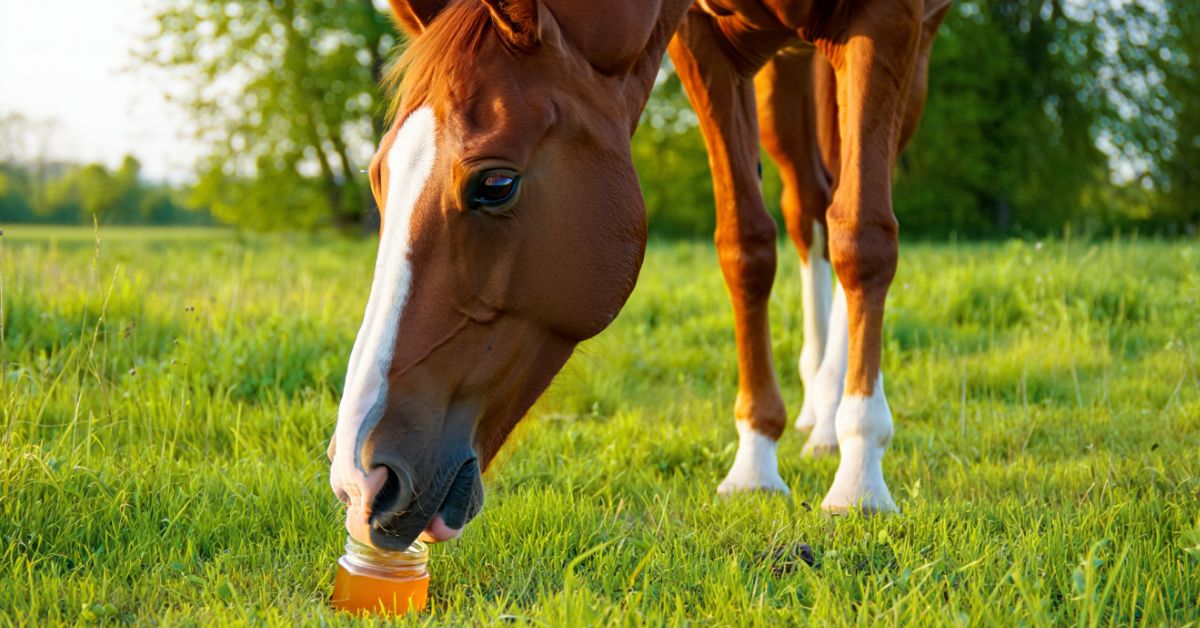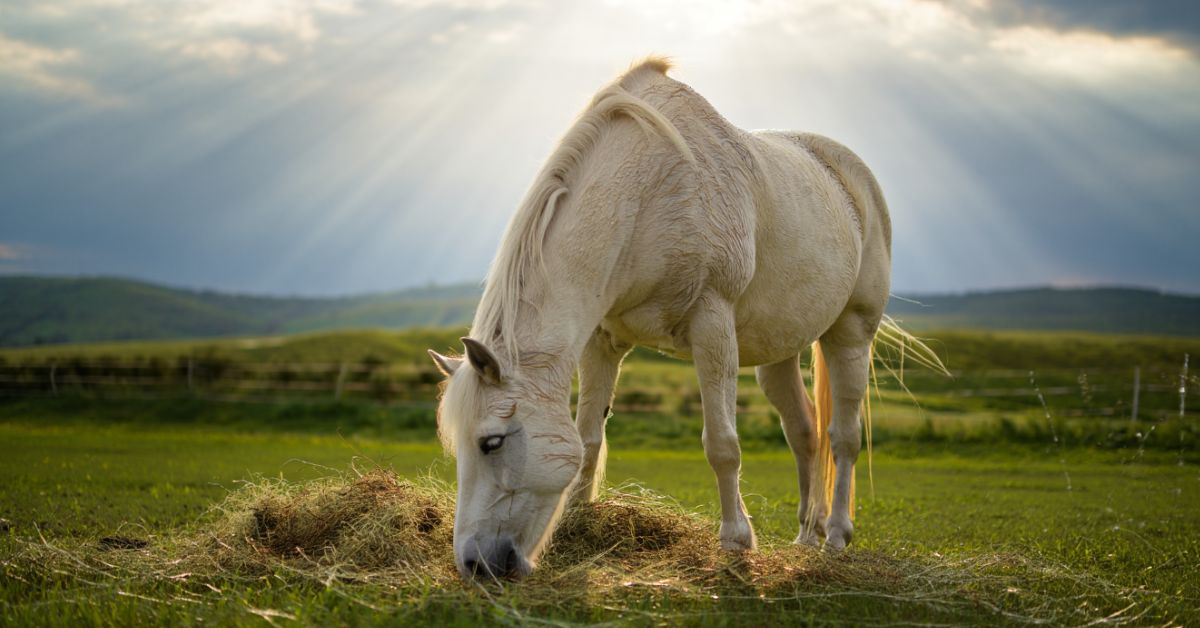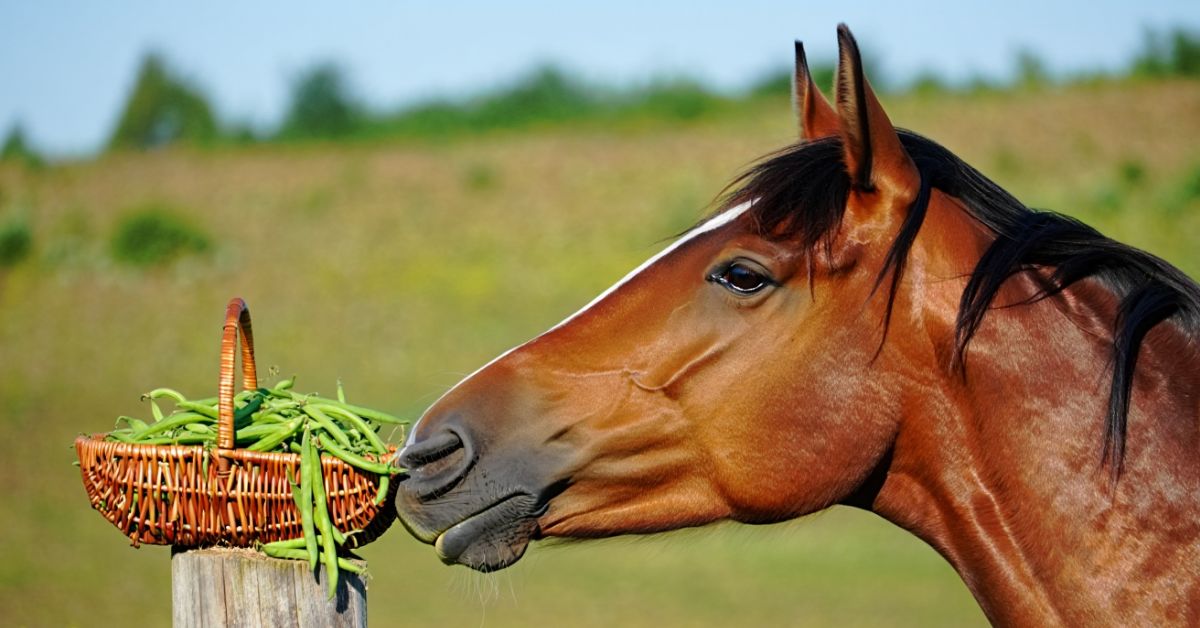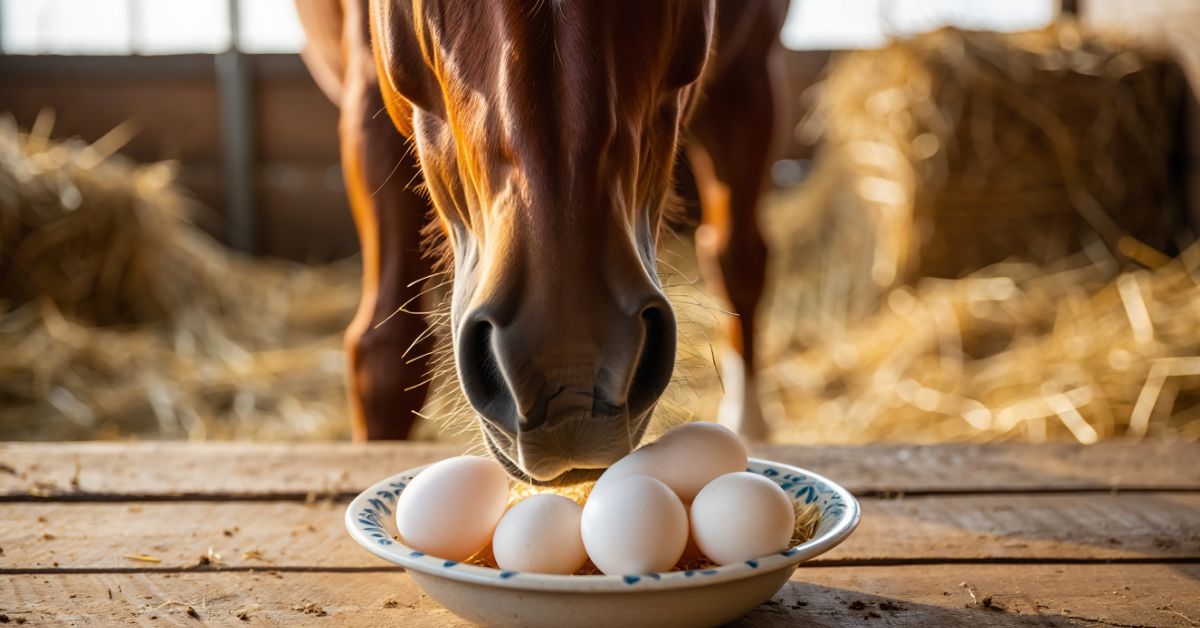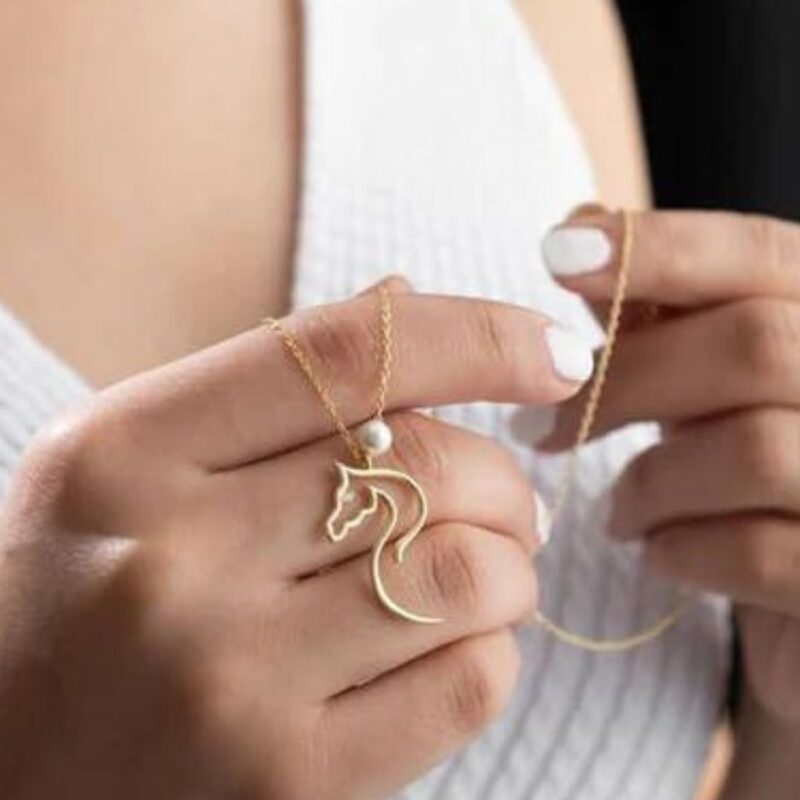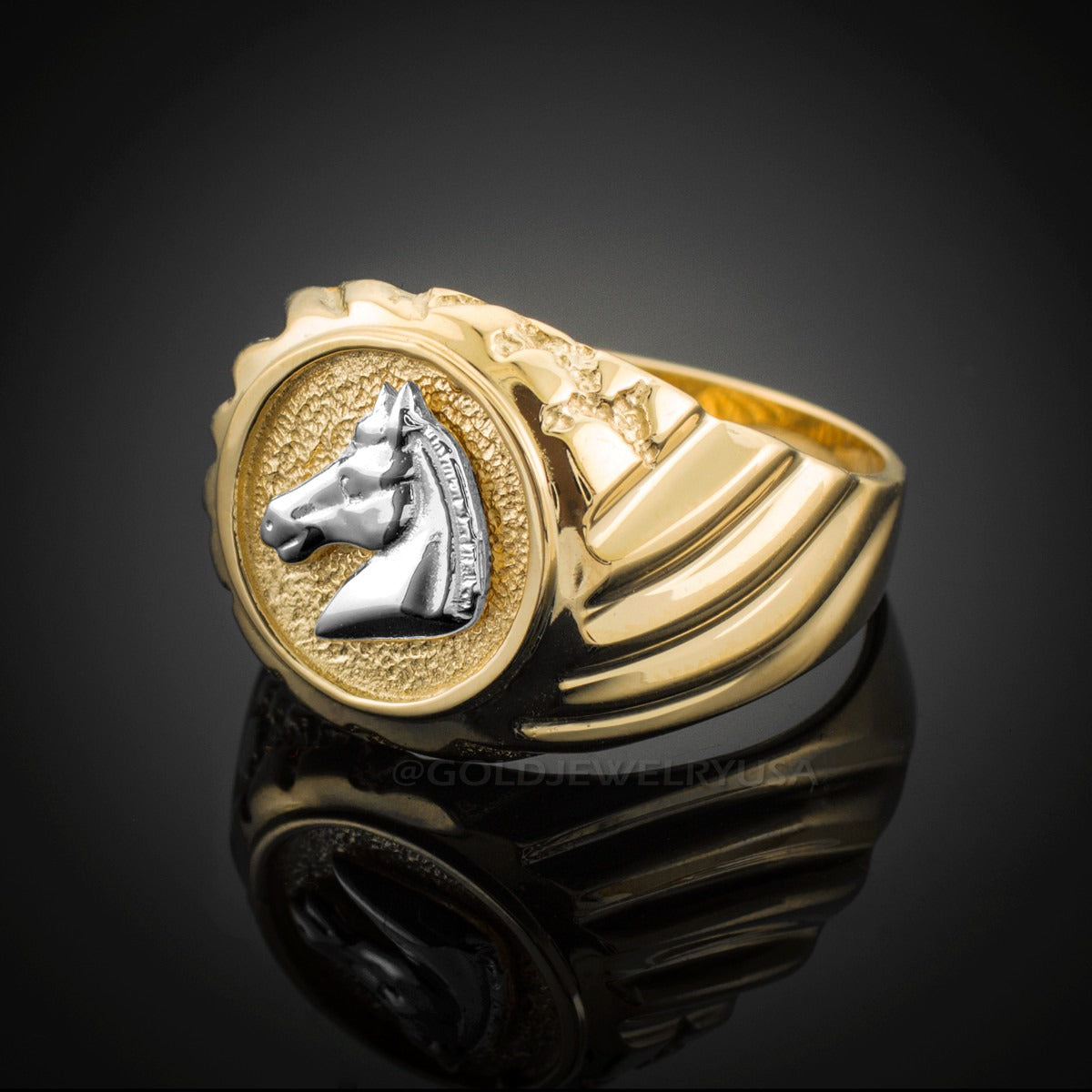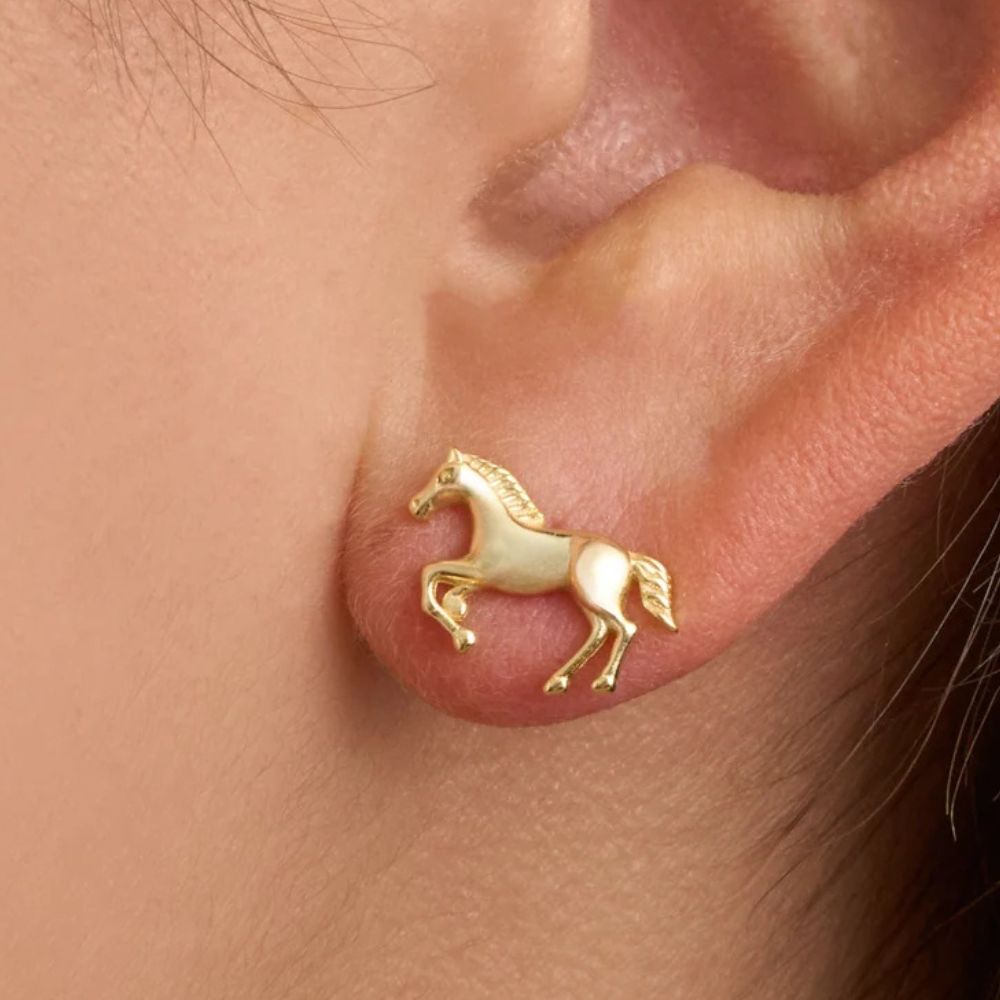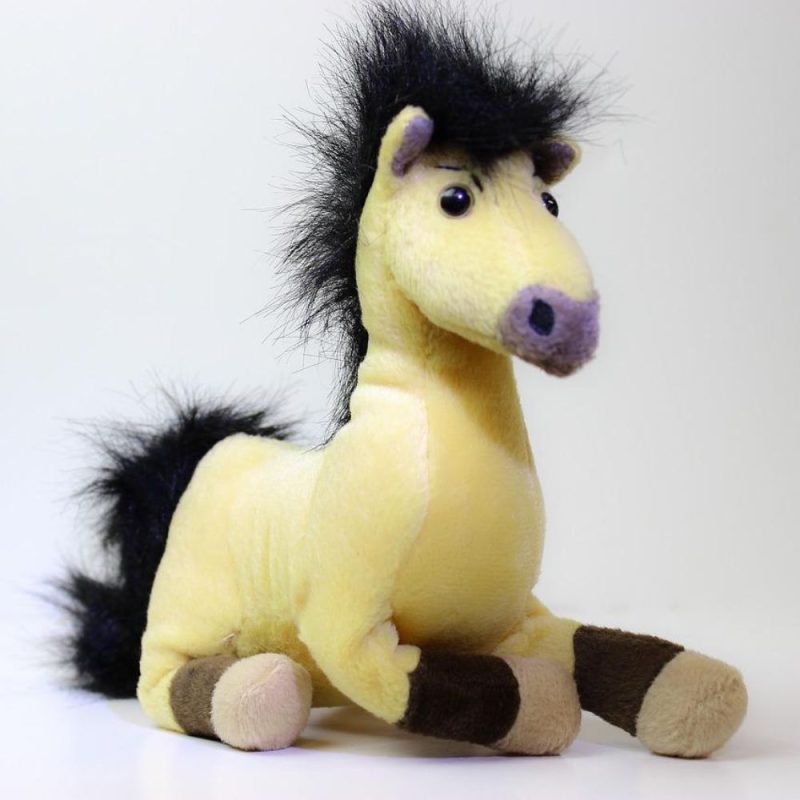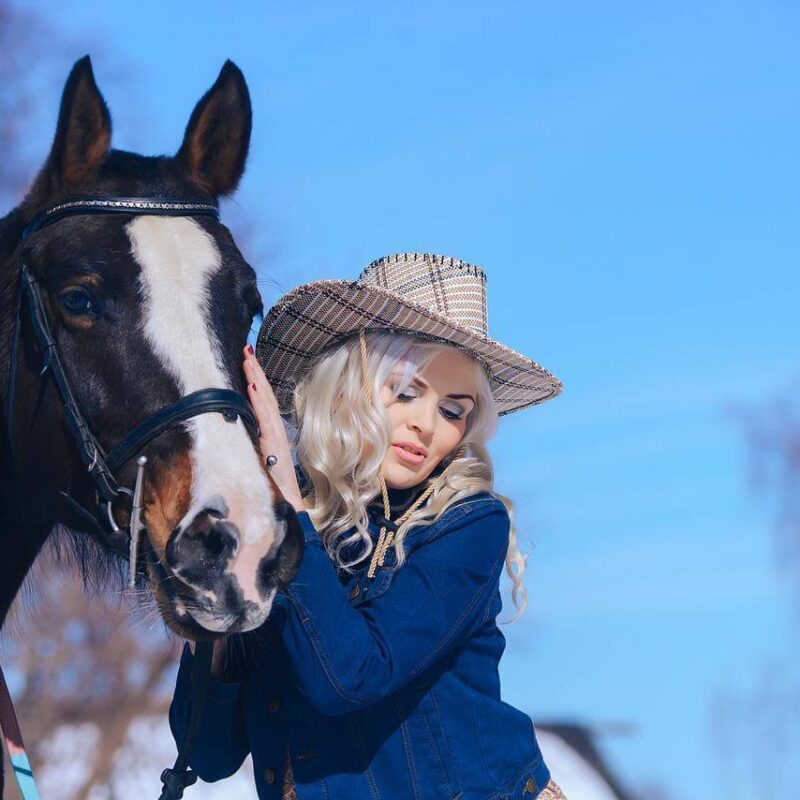
Can Horses Eat Radishes? The Surprising Answer
Ever found yourself munching on a crisp, peppery radish and wondered if your four-legged friend could share the snack? You're not alone. When those big, curious eyes are watching your every move, it's tempting to offer a bite.
So, can horses eat radishes?
The short answer is yes, most horses can safely eat common store-bought radishes in moderation. But—and this is a big but—it’s not as simple as just tossing one over the fence. There are crucial rules to follow to keep this crunchy vegetable a safe treat rather than a health risk.
This guide will walk you through everything you need to know: from the nutritional benefits and the correct way to serve them, to the dangerous lookalikes like wild radish and horseradish that you must avoid at all costs.
The Surprising Truth: Why Radishes Can Be a Good Treat
Let's start with the good news. For most horses, a few radishes can be a welcome change from the usual apple or carrot. They offer a unique crunchy texture and a peppery flavor that many horses find interesting.
Unlike sugary snacks, common radishes are a relatively low-sugar horse treat, making them a potentially better option for horses that need to watch their sugar intake. When you're looking for variety in your horse's rewards, radishes can be an excellent and hydrating choice.
A Nutritional Snapshot ✨: Are Radishes Healthy for Horses?
While not a superfood, radishes do pack a decent nutritional punch. They can be a source of vitamins and minerals, offering a healthy alternative to processed treats.
Here’s a quick look at their potential benefits:
-
Rich in Vitamin C: Great for supporting a healthy immune system.
-
Good Source of Fiber: The greens and the root itself contain fiber, which is essential for a healthy horse digestive system.
-
Hydrating: Like many vegetables, radishes have high water content.
However, it's important to note that the roots of radishes can be higher in nonstructural carbohydrates (sugars and starches). For horses with metabolic conditions like insulin resistance or Equine Metabolic Syndrome (EMS), this is a critical consideration. For these sensitive horses, it’s best to stick to treats that are reliably low in sugar.
The Golden Rules: How to Feed Radishes to Your Horse Safely
Before you rush to the vegetable drawer, let's establish some ground rules. A horse's digestive system is incredibly sensitive, and any dietary changes for horses must be handled with care to avoid gastrointestinal issues.
-
Moderation is Everything: Think of radishes as a "sometimes" treat, not a daily staple. One or two small radishes, a couple of times a week, is plenty. Overfeeding any treat can upset the delicate balance of your horse's gut.
-
Preparation is Non-Negotiable: A whole radish poses a serious choking hazard for a horse. Always wash the radish thoroughly to remove pesticides and dirt, then chop it into small, manageable pieces or thin strips.
-
Introduce New Foods Slowly: This is a cardinal rule for any new addition to your equine diet and nutrition plan. Offer a single small piece of radish and wait 24 hours to monitor for any adverse reactions, like signs of discomfort or changes in manure.
-
Know Your Horse: Is your horse prone to colic? Does it have metabolic issues? If so, be extra cautious. While radishes aren't a common cause of colic, any new food can be a trigger for a sensitive horse.
"The horse's large intestine contains billions of bacteria which are sensitive to change. Introducing new feeds gradually... will help the bacteria acclimatise and adapt."
Radish Root vs. Radish Greens: Can They Eat the Whole Plant? 🌿
What about the leafy tops? Radish greens for horses are perfectly safe and can be a great source of fiber. Some sources note that daikon radish greens, for example, are rich in nutrients like Vitamin C, calcium, and potassium. Just like the root, they should be washed and fed in moderation. Feeding the leaves along with the root provides a nice mix of textures and nutrients.
The DANGER Zone ☠️: "Radishes" You Must AVOID
This is the most critical part of the article. Not all "radishes" are created equal, and some are downright toxic to your horse.
Wild Radish: A Toxic Pasture Invader
Wild radish (Raphanus raphanistrum) is a common weed found in meadows and along roadsides, and it is poisonous to horses. It belongs to the Brassicaceae family and contains toxic compounds called isothiocyanates.
If a horse ingests wild radish, especially in large quantities, these compounds severely irritate the gastrointestinal tract, leading to a high colic risk from radishes of this type. The seeds are particularly dangerous. It’s crucial to be able to identify and remove this plant from your pastures.
Horseradish: It's NOT a Radish (And It's Highly Toxic!)
This is a common and dangerous point of confusion. Horseradish is NOT a type of radish and is toxic to horses.
Horseradish contains a substance called sinigrin, which converts into mustard oil in the digestive system. This is highly irritating and poisonous to equines. Symptoms of horseradish toxicity in horses can include severe gastrointestinal distress. Never, ever feed your horse anything containing horseradish.
Your Go-To Guide for Horse-Friendly Vegetables
To keep things simple, here’s a quick reference list of common vegetables.
✅ Safe Horse Snacks (in moderation):
-
Carrots: The classic favorite, but high in sugar.
-
Celery: A great low-sugar, hydrating crunch.
-
Cucumber: Refreshing and low in calories and sugar.
-
Parsnips & Turnips: Safe when cut up and given occasionally.
-
Pumpkin/Squash: The flesh is a safe and nutritious treat.
❌ Vegetables to Avoid Feeding Horses:
-
Onions, Garlic, Leeks: These are highly toxic and can cause anemia.
-
Potatoes & Tomatoes: As members of the nightshade family, they contain a toxic compound called solanine.
-
Avocado: All parts of the avocado plant are toxic to horses.
-
Cabbage, Broccoli, Cauliflower: These cruciferous vegetables can cause severe gas and lead to painful colic.
FAQ: Your Radish Questions Answered
1. How many radishes can I safely give my horse?
Think of them as a small, occasional treat. One or two small, chopped radishes once or twice a week is a safe amount for a healthy horse.
2. Are radish leaves (greens) safe for my horse to eat?
Yes, the leafy greens are safe and a good source of fiber. Just like the root, wash them and feed them in moderation.
3. What is the difference between a radish and horseradish for horses?
They are completely different plants. Common radishes are safe treats, while horseradish is toxic and should never be fed to horses due to the compound sinigrin.
4. Can radishes cause colic in horses?
Common radishes are unlikely to cause colic if introduced slowly and fed in strict moderation. However, any new food carries a slight risk of upsetting a horse's sensitive digestion. The real danger comes from wild radish, which contains irritants that can directly cause colic.
5. Are Daikon radishes safe for horses?
Yes, Daikon radishes are considered safe. Interestingly, in grazing studies, horses often prefer other forages like clover or rye over Daikon radish, but they are nutritionally acceptable. The greens are also safe in small amounts.
The Final Word on This Crunchy Treat
So, the next time you're enjoying a radish, you can feel confident sharing a small, properly prepared piece with your horse. It can be a fun and crunchy way to add variety to their treats.
Just remember the golden rules: moderation is key, preparation is vital, and you must be absolutely certain you're feeding a common garden radish—never wild radish or horseradish. By following these guidelines, you can keep treat time both exciting and perfectly safe for your equine partner. ✨



